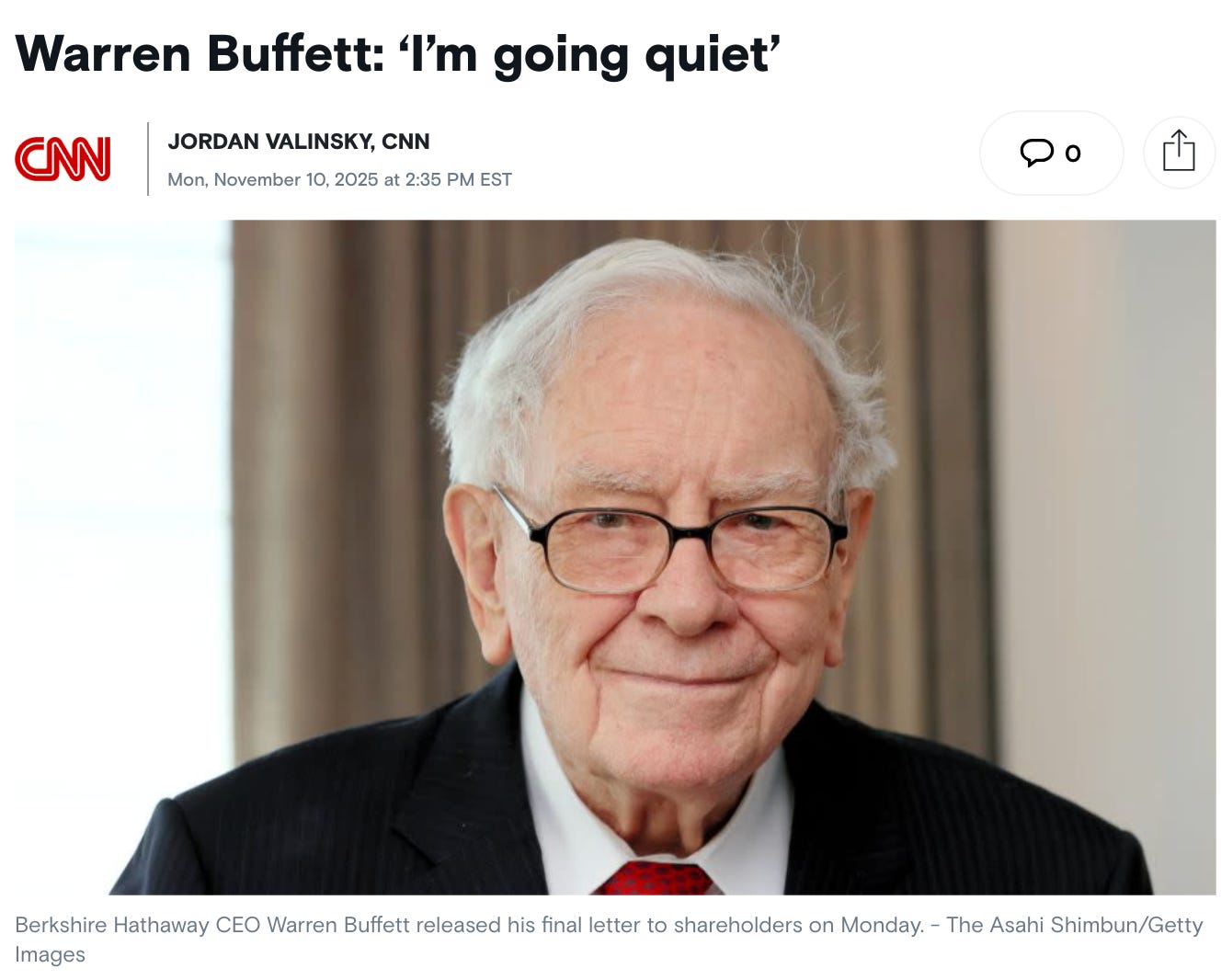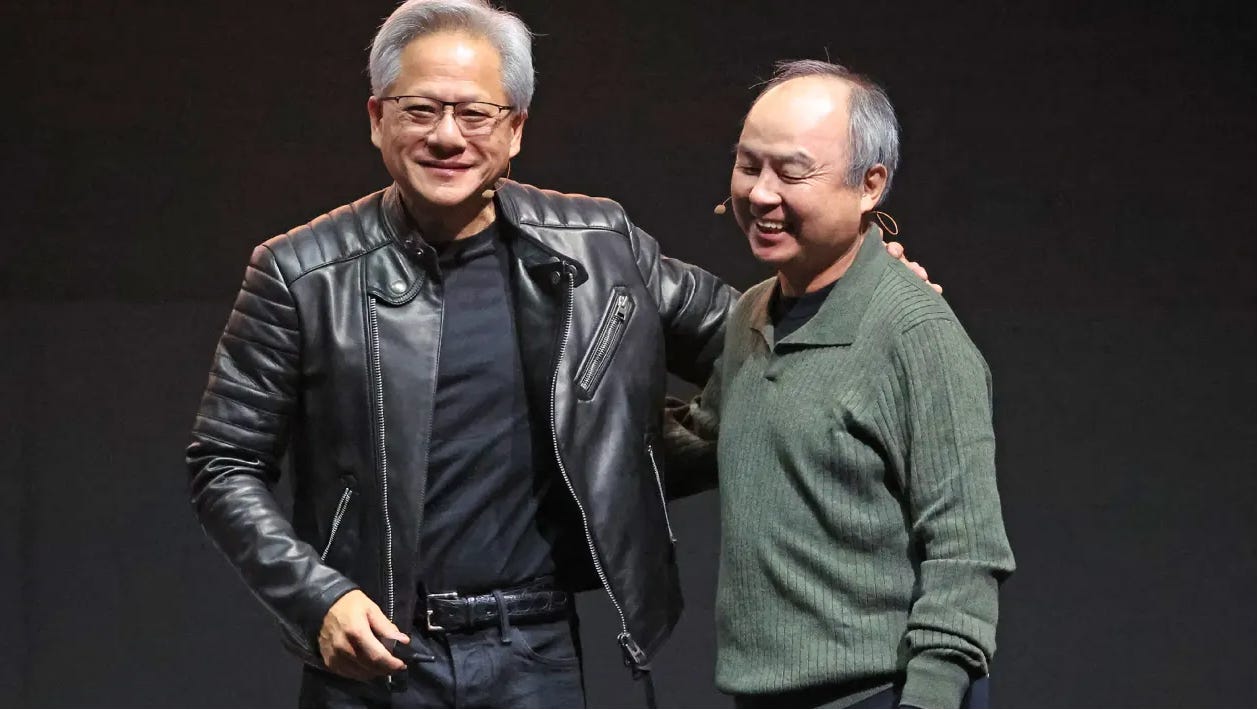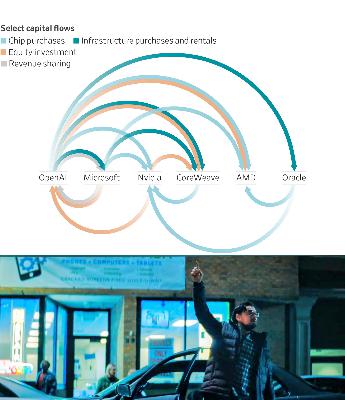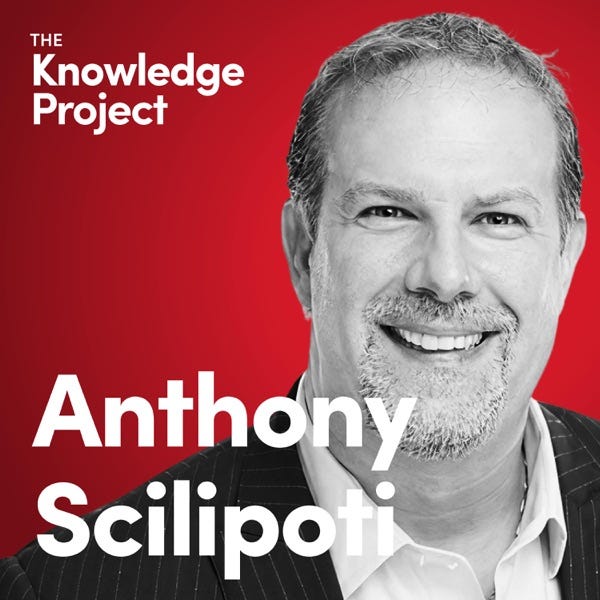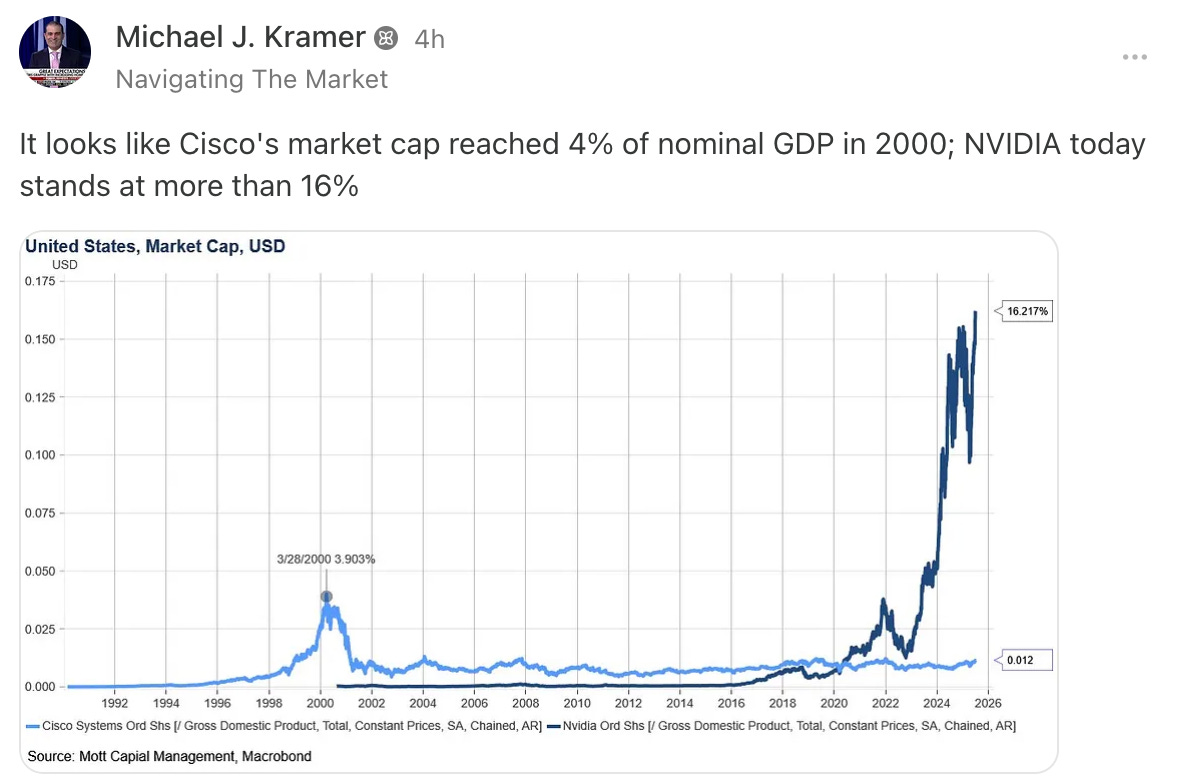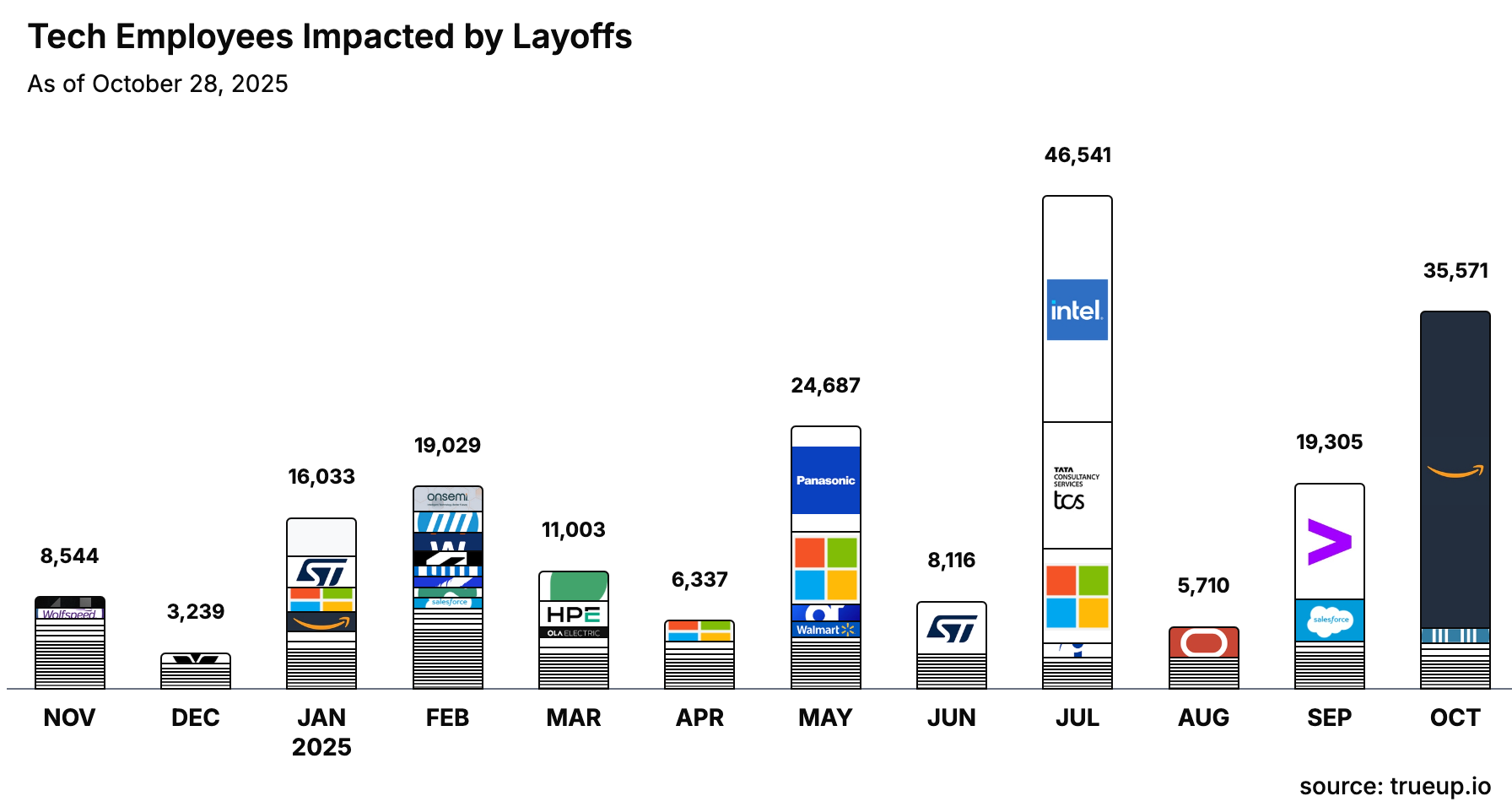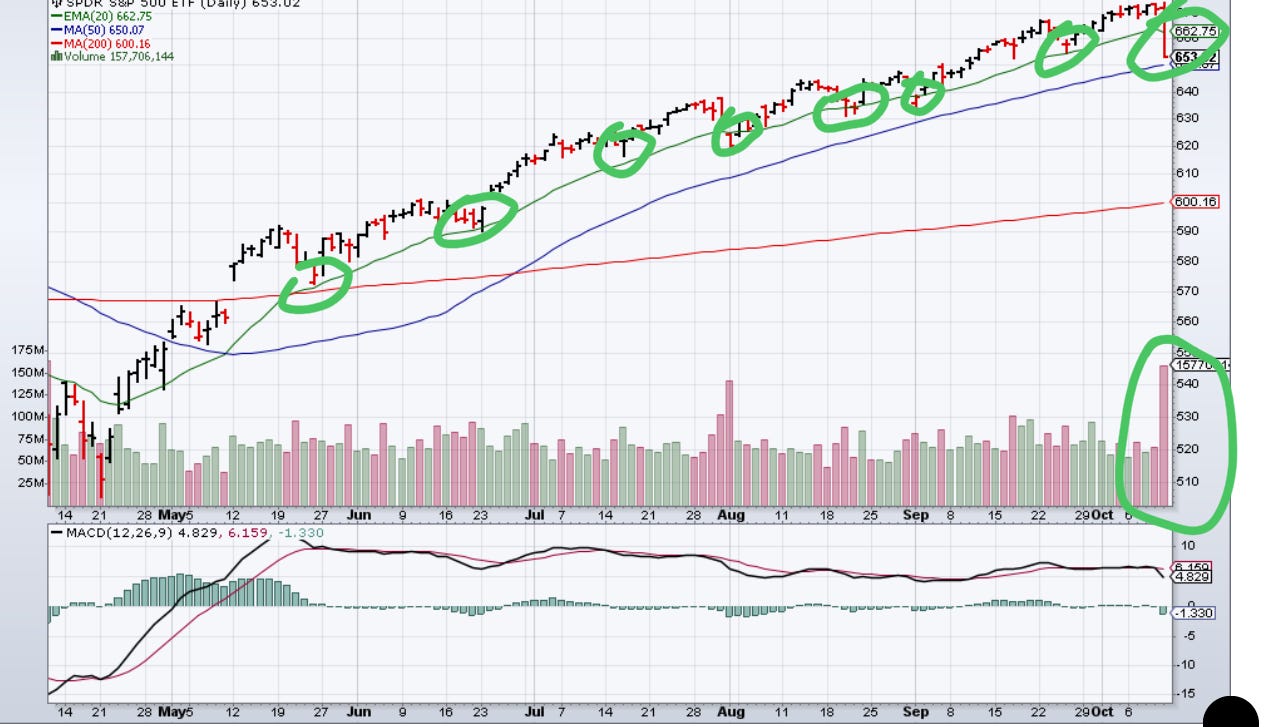AI makes an explainer about AI | Karen Hao with Hasan Minhaj
Description
(Explainer video credit: Google NotebookLM) ironic huh?
Hat tip to Muthu Raja
I love that Karen focuses on how AI tech bros are using the playbook of empires and Dune…eventually even Paul Atreides begins to believe the planted prophecy that the mother and The Bene Gesserit invented.
Karen Hao’s book is next on my to read list.
The source material interview is excellent. I rarely watch a 1 hour YouTube video, even before the newborn, but I made time and broke it up into three sittings.
My Opinion
A society that struggles to elect effective leaders and where 40 million citizens rely on SNAP for basic nourishment likely lacks the will to proactively address the growing ripples of AI until it is too late.
This man would be proud of Altman.
“Sam, I am your father!”
The AI Empire: A Synthesis of Karen Hao’s Analysis
Executive Summary
This document synthesizes the core arguments presented by author Karen Hao regarding the current state of the Artificial Intelligence industry. The central thesis is that major AI corporations—such as OpenAI, Microsoft, and Google—are operating as modern-day empires. This “Empire of AI” model is characterized by the large-scale extraction of resources like data and intellectual property, the exploitation of a global labor force, and the consolidation of immense economic and political power. These actions are often justified under a “civilizing mission” rhetoric, promising to solve humanity’s greatest problems like climate change and disease.
Hao argues that this trajectory is not inevitable. She advocates for an “AI accountability” approach, calling for democratic control and resistance at various points along the AI supply chain—from data collection and labor practices to the environmental impact of data centers. The document details the hidden costs and “sacrifice zones” of AI development, including the psychological toll on content moderators in the Global South and the environmental degradation of communities hosting massive data centers. Finally, it outlines an alternative path for AI development focused on task-specific, publicly beneficial applications rather than the current pursuit of capital-intensive, all-encompassing “everything machines.”
--------------------------------------------------------------------------------
1. Deconstructing the AI Industry’s Narrative
Karen Hao positions her analysis within an “AI accountability camp,” which seeks to scrutinize the power structures of the industry rather than simply accepting optimistic or skeptical viewpoints. This perspective is rooted in a critical examination of the industry’s foundational myths and marketing language.
The Malleable Definition of AI and AGI
* Origins in Funding: The term “artificial intelligence” was coined in 1956 by Dartmouth assistant professor John McCarthy, who later admitted, “I invented this term because I needed money.” This highlights that the field’s branding was, from its inception, tied to securing financial resources.
* The Flaw of Anthropomorphism: The original goal of recreating “human intelligence” is fundamentally problematic, as there is no scientific consensus on what constitutes human intelligence. This ambiguity allows companies to define success on their own terms, such as beating a human at chess, without addressing the full scope or significance of intelligence.
* AGI as a Strategic Tool: Artificial General Intelligence (AGI) is not a fixed technical concept but a narrative tool that “shapeshifts based on what the companies need it to be.”
* To Consumers: It is marketed as a convenient life-operating system, like in the movie Her.
* To Regulators: It is presented as a mythical technology capable of solving humanity’s greatest challenges, thereby warding off regulation.
2. The “Empire of AI” Thesis
Hao’s central argument is that modern AI companies exhibit all the primary characteristics of historical colonial empires, using similar rhetoric to justify their expansion and consolidation of power.
Core Characteristics of an AI Empire
Characteristic
Historical Empire
Modern AI Empire (e.g., OpenAI)
Resource Seizure
Laying claim to foreign lands and natural resources.
Laying claim to public data and the intellectual property of artists, writers, and creators, redefining it as “fair use” for training models.
Labor Exploitation
Utilizing unpaid or underpaid labor in colonized territories.
1. Contracting low-wage workers in the Global South for psychologically damaging content moderation. 2. Developing labor-automating machines that erode worker bargaining power.
Inter-Empire Competition
Rivalries between competing powers (e.g., British vs. Dutch).
Aggressive competition where one company (e.g., OpenAI) frames itself as the “good guys” who must win to prevent “bad guys” from creating AGI.
“Civilizing Mission”
Bringing religion and “progress” to “heathen” populations.
Claiming to be on a mission to benefit all of humanity, solve major crises, and create abundance and prosperity.
The Imperial Mindset in Silicon Valley
The empire-building ethos is deeply embedded in Silicon Valley culture.
* Leadership Ideology: Figures like Mark Zuckerberg and OpenAI CEO Sam Altman are described as being “obsessed with the emperors of old.” Altman has quoted Napoleon and Marcus Aurelius and openly stated his proudest achievement at Y Combinator was that he “built an empire.”
* The Founder as Prophet: A 2013 quote from Sam Altman illustrates this mindset: “The most successful founders do not set out to create companies. They are on a mission to create something closer to a religion.” Hao compares this to the mythology in Dune, where a myth is handcrafted to secure power but eventually becomes a belief system for its creators.
Case Study: The Transformation of OpenAI
Hao, who was the first journalist to profile OpenAI in 2019, documented its shift from its founding principles to its current imperial form.
* Original Mission: Founded as a nonprofit dedicated to transparency, collaboration, and advancing AI without commercial incentives.
* The Pivot: By 2019, after receiving a billion-dollar investment from Microsoft and restructuring to include a for-profit arm, its internal operations began to contradict its public image.
* From Collaboration to Competition: Publicly, OpenAI claimed to be collaborative; internally, the message was “we need to be number one otherwise our mission does not work.”
* From Transparency to Secrecy: Publicly, the company promised to open-source everything; internally, it became highly secretive about its work.
* Current Status: OpenAI is now described as “one of the most capitalistic companies in Silicon Valley,” having raised a $40 billion private tech investment fund.
3. The Hidden Supply Chain and its “Sacrifice Zones”
The production of AI is not an ethereal process; it relies on a vast, resource-intensive physical and human supply chain that creates “sacrifice zones” and harms invisible populations, mirroring the historical exploitation of colonies.
The Insatiable Need for Data
The data requirements for current large-scale AI models have “completely eclipsed” the amount used by social media companies. This has led to a desperate scramble for more data.
* Example: A New York Times report revealed that Meta, despite possessing data from 4 billion users, was considering measures like buying the publisher Simon & Schuster or ignoring copyright and data privacy rules to acquire enough data to compete with OpenAI.
The Human Cost: Invisible Labor
AI companies rely on a global workforce to perform psychologically damaging tasks essential for commercializing their products.
* Location: Kenya has long served as a “backstop for the internet of the global north” for content moderation.
* The Work: OpenAI contracted Kenyan workers to filter toxic, abusive, sexist, and racist content—including child sexual abuse material—from its models. Workers were required to label this content in a detailed taxonomy.
* The Impact: This work leads to severe psychological devastation. Hao profiles a Kenyan worker, Moat Okin, who was on the sexual content team. His personality changed so drastically that his wife, unaware of the nature of his work, left him, stating, “You’ve changed. I don’t know the man you are anymore.”
Environmental and Community Impact
AI development is physically intensive, requiring massive data centers that consume vast amounts of land, energy, and water, often at the expense of local communities.
* Grock in Memphis: Elon Musk’s xAI “hijacked local democratic processes” to quickly build a supercomputer called “Colossus,” powering it with unlicensed methane gas turbines that pollute the surrounding area.
* Meta in New Mexico: Meta built a data center under the shell company name “Greater Kudu LLC,” only revealing its identity after the deal was complete, preventing community input or resistance.
4. The Economic and Social Impact of AI
The deployment of AI, as directed by Silicon Valley, poses significant threats to both employment and the cognitive skills necessary for a functioning democracy.
On Employment: Automation as a B




